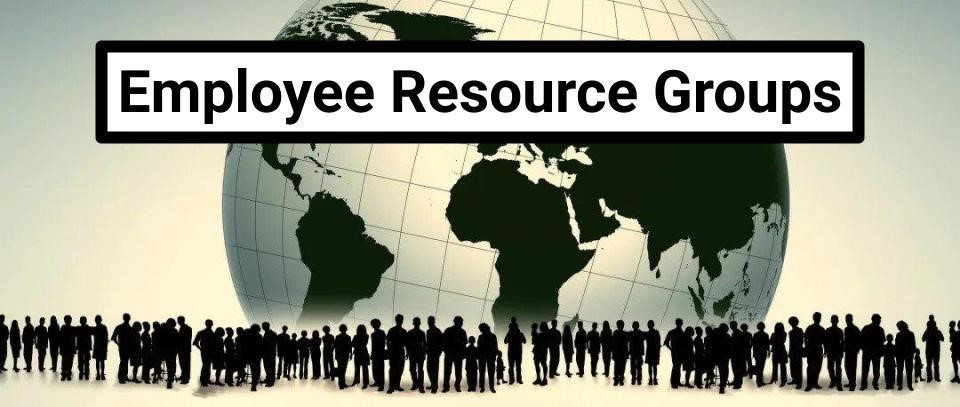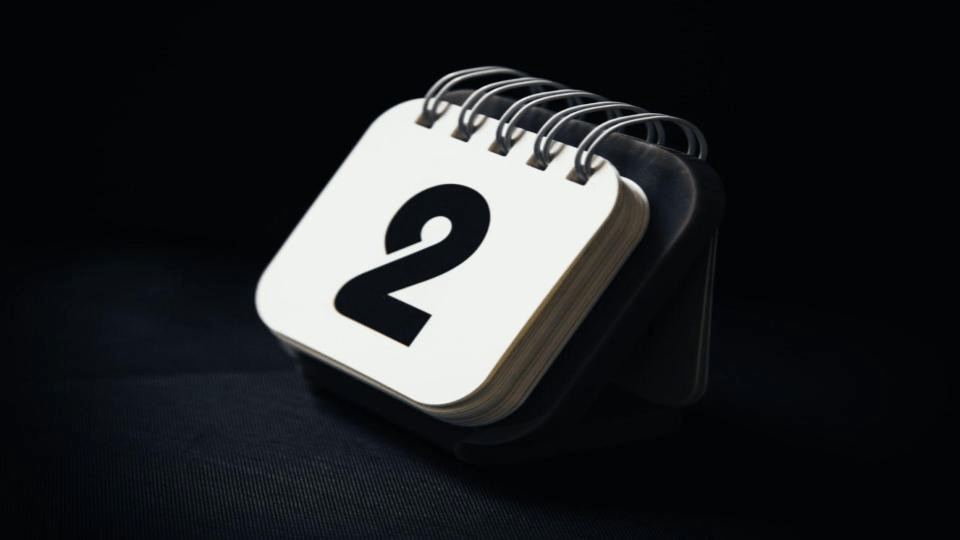
In this blog, I will dive deeper into Employee Resource Groups and their:
Evolution, 3 Benefits, 5 Leadership Roles, 8 Engagement Methods, 4 Needs, 8 Metrics & 6 Trends
Evolution
Even if you haven’t heard of the term Employee Resource Group (ERG) before, you might have still come across networks for underrepresented groups in your organisation. These networks are usually voluntary and consist of employees who share traits such as their gender, ethnicity, religious affiliation, sexual identity, carer responsibilities or interests.
Origin of ERGs
ERGs have originally been created to provide a safe space and community for underrepresented groups. It can be exhausting and disheartening for employees to go through a workday constantly navigating a culture in which they are in the minority and have to adjust to the dominant ethos.
ERGs in 2023
In recent years, due to the increased focus on diversity, equity and inclusion (DEI) and the “War on Talent”, ERGs are now also being used to demonstrate an organisation’s ethos. ERGs have transformed into foundational pieces in DEI strategies. The more professionalised ERGs align their activities to core business goals and are positively influencing results in sales, services, marketing, branding, recruitment, retention and corporate responsibility.

3 Benefits
ERGs can lead to many benefits for organisations. Below I will outline 3 of them.
1. Innovating through diverse minds
ERGs and their multiple aspects of diversity can be a great asset to innovation. Organisations should encourage idea generation through ERGs to take advantage of their unique, cross-functional and loyal networks. ERGs can also provide executive leaders with recommendations on inclusive policies, processes or strategic plans that address inclusion barriers within the organisation.
2. Establishing market expansion
A diverse workforce is a major asset for market expansion. ERG leaders can be deployed as subject matter experts, coaches, mentors and network builders in new local economies and cultures. The strategic partnerships that ERGs can form can also serve as an important business function.
3. Attracting, identifying and retaining talent
ERGs can help attract diverse employees and make employees, who might have otherwise gone unseen, visible. Being part of an ERG can empower members to stand up, speak up, collaborate and give them a greater sense of belonging. Research by McKinsey shows that employees who rated their ERGs effective were much more likely to say they feel included than employees who rated their ERGs ineffective. The feeling of being welcome and truly part of an organisation will influence employees’ career choices, such as whether to stay or leave an organisation for the next step in their career.

5 Leadership Roles
To achieve the positive results described above it is important to have the right people leading the ERG. Those leaders are responsible for successfully growing and broadening the ERG’s membership, demonstrating their value to the organisation and securing funds. In sum they have to fulfil the following 5 key roles:
1. The evangelist
The evangelist persuades colleagues of the ERG’s value, elevates discussions about growing and increasing engagement and advocates for the ERG.
2. The strategist
The strategist articulates a mission, vision and goals aligned with the organisation’s business and DEI goals while also focusing on the ERG’s structure, governance and ambitions of local chapters and the national network.
3. The broker
The broker provides access to funds and people in the organisation and initiates introductions to important people and organisations outside the organisation.
4. The innovator
The innovator brings new ideas to the table with the aim of encouraging members and bringing new ideas into the organisation.
5. The mentor
The mentor teaches members leadership skills, provides career advice and shows how to “bring your whole self to work.”

8 Engagement Methods
The ERGs’ long-term viability depends for a large part on the engagement it manages to establish among its members and the organisation as a whole. Research from Great Place To Work shows that size makes a difference when it comes to ERGs because larger groups have more support and influence.
Platform
- Set up an internal platform on which each ERG can create its own group, where members can have discussions, access supportive information and promote events.
Events
- Organise events and set up an annual ERG events calendar.
- Create support packs with information, posters and ideas for local engagement activities so that staff at all levels are empowered to get involved in events and activities.
Communication
- Send a weekly email newsletter with information that covers the launch of new initiatives and celebrates successes.
- Involve the leadership team e.g. by letting them circulate a message to staff about the relevance of certain events or campaigns.
- Share the strategy and action plan, along with updates on the progress of these with all colleagues at an all-staff meeting.
PR
- Produce a monthly magazine and place it in communal areas.
- Use hashtags on social media channels to promote ERG events and campaigns and encourage colleagues to post and use the hashtag.

4 Needs
You can imagine that the above-mentioned engagement methods require time and effort from the ERG leaders and members. Getting the required time from an employer is one of the 4 needs I’ll discuss below.
1. Investing resources
To ensure that ERGs are prepared to meet business objectives resources must be allocated. Some organisations allow ERG leaders to spend a percentage of their time on ERG work and allocate budgets for ERG events. Next to this most organisations provide portals such as an intranet or social site for the ERGs to come together online. However, based on many conversations with ERG leaders, it appears that budgets are either unavailable or very small and ERG work is done outside of working hours.
2. Getting expert support
To gain clarity on which ERGs are required, it may be helpful to have an outside contractor conduct focus groups (a research technique used to identify and explore how people thank and feel about a particular topic). If you ask your HR team, you run the risk that employees feel they are being watched by someone with a relationship to performance reviews and that you may not be getting the critical information needed to move forward strategically. Depending on the needs of the ERG leaders, an external contractor can also coach them on e.g. engagement methods, persuasion techniques, business alignment and more.
3. Establishing strategic plans
ERGs do a lot of relevant work like organising events, making policy changes and helping talents. Some organisations have set up a council of ERG leaders in which different groups discuss initiatives and how to support one another. However, many do this without a strategic plan in place. Also, they don’t always receive the key business insights they need for such a plan. Ideally, an ERG plan is connected to the overall business strategy and goals and has clear targets and metrics (more about metrics below). An annual conference during which ERGs could exchange best practices and agree with business leaders on shared goals would be helpful.
4. Rebranding business purpose
ERGs could benefit from rebranding as groups that can help increase business profitability and are an engine for change. This is important to manifest their relevance and keep employees interested in joining ERGs and allocate time for ERG leadership roles. One way to show the importance of ERGs could be to organise meetings of the ERG leaders with top business leaders to discuss the business DEI challenges. Another way is to add DEI competencies and participation to performance evaluation criteria.

8 Metrics
As an organisation invests in professionalising its ERGs and aligning them with strategic business goals, it becomes more important to measure their impact. Below I’ve captured examples of how to measure ERG results.
- Engagement difference between ERG members and non-members
- Retention and promotion rates of ERG members versus non-members
- Recruiting statistics reflecting the influence of ERGs when ERGs were involved in the process
- Sales increase of products or marketing campaigns the ERG was involved in
- Number of new products or services where ERGs made a contribution
- Market share in segments represented by ERGs
- Impact on employer brand and perception of social responsibility
- Social media response to ERG-related posts

6 Trends
Finally, it is interesting to mention that the ERG landscape continues to evolve due to global business changes and organisational needs. Some of the recent ERG trends include:
- Increasing interest in setting up ERGs globally
- Professionalising due to prioritisation of DEI
- Rising focus on business objectives like recruitment, retention, product innovation and customer relationship management
- Diversifying of focus e.g. generational diversity, social change and sustainability
- Collaborating cross-ERGs by promoting events and programs to allies
- Declining member engagement due to time constraints because of workload and changing engagement needs since Covid
Sources
What Are Employee Resource Groups (ERGs)? – C. Hastwell – Great Place To Work
Employee Groups as a Crucial Resource for Organizations and Leaders – The Conference Board
Inclusion: Diversity, the New Workplace & the Will to Change – J. Brown
Top 3 Trends for Employee Resource Groups in 2022 – Mogul
What’s Next For Employee (Resource) Groups? – The Conference Board
If you want to engage with me about any of these topics, please send me a PM.
© 2023 Floorish – All rights reserved
